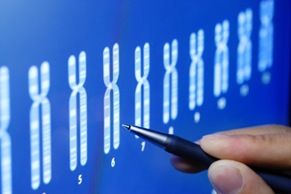I have a very lonely surname according to estimates, there are only about 1000 to 2000 Bettingers in the United States. In the 1930 census, the most recent census which is indexed and available to genealogists, there were just 1,300 Bettingers. Therefore, not surprisingly, I was the first Bettinger to experiment with genetic genealogy and had the opportunity to start a Bettinger surname project, which I did. Sadly, however, my project still has just one member. I originally tried to email some potential relatives, but only a few seemed interested, and none decided to take the plunge.
My particular Y-DNA has an interesting story (I think that everyone’s Y-DNA has an interesting story, it’s just that I’ve decided to share mine!). My most distant paternal ancestor came to America in the late 1700’s and had six sons (and 1 daughter who didn’t live long), only 5 of whom passed on their Y-DNA. I am descended from the third son, and I call our line “Branch #3.” For the next three generations of Branch #3, each of my ancestors had two boys, one who passed on Y-DNA to the present, and one that has not. In my grandfather’s generation, he was the only male. He returned to the tradition of having two boys, but only one of those boys (my father) has passed on his Y-DNA. My father, however, decided to buck the trend and have three boys, while I’ve passed on my Y-DNA to my son. ... Click to read more!
 An article in the United Arab Emirate newspaper
An article in the United Arab Emirate newspaper